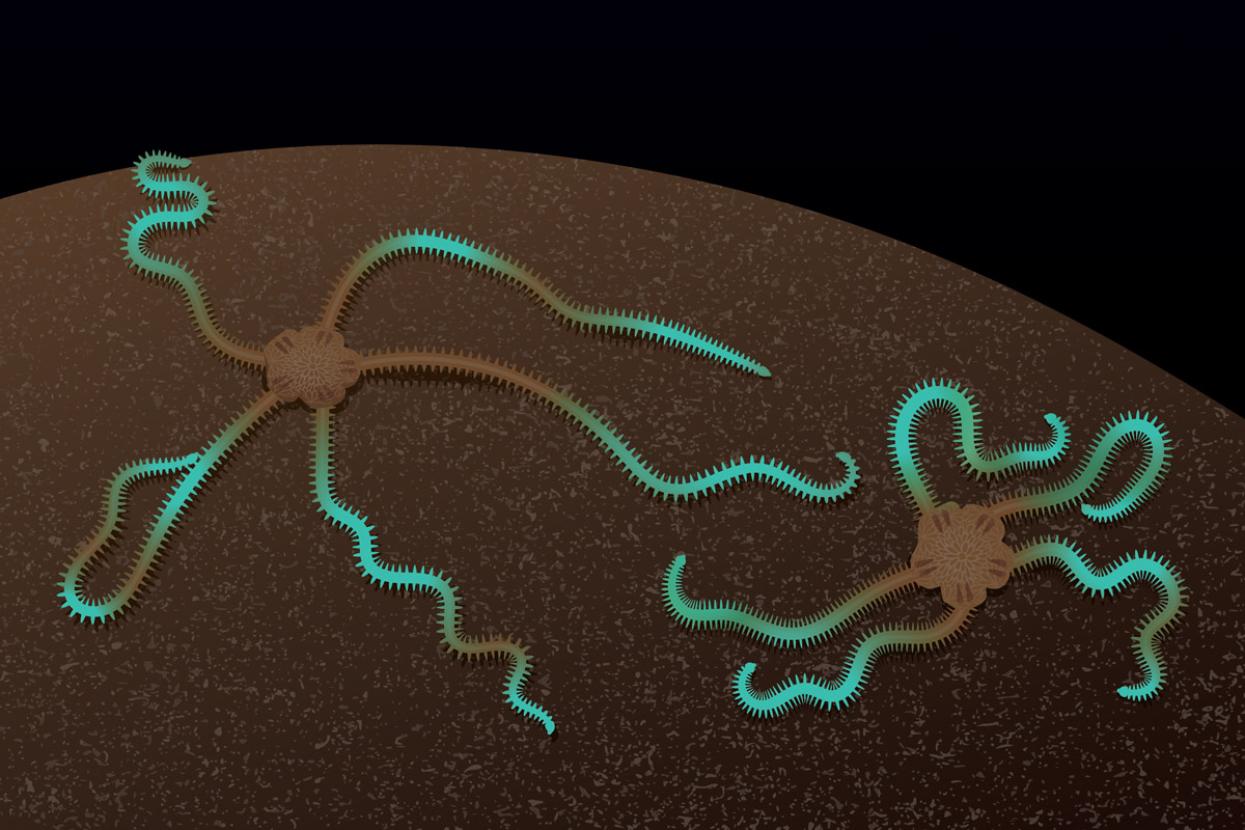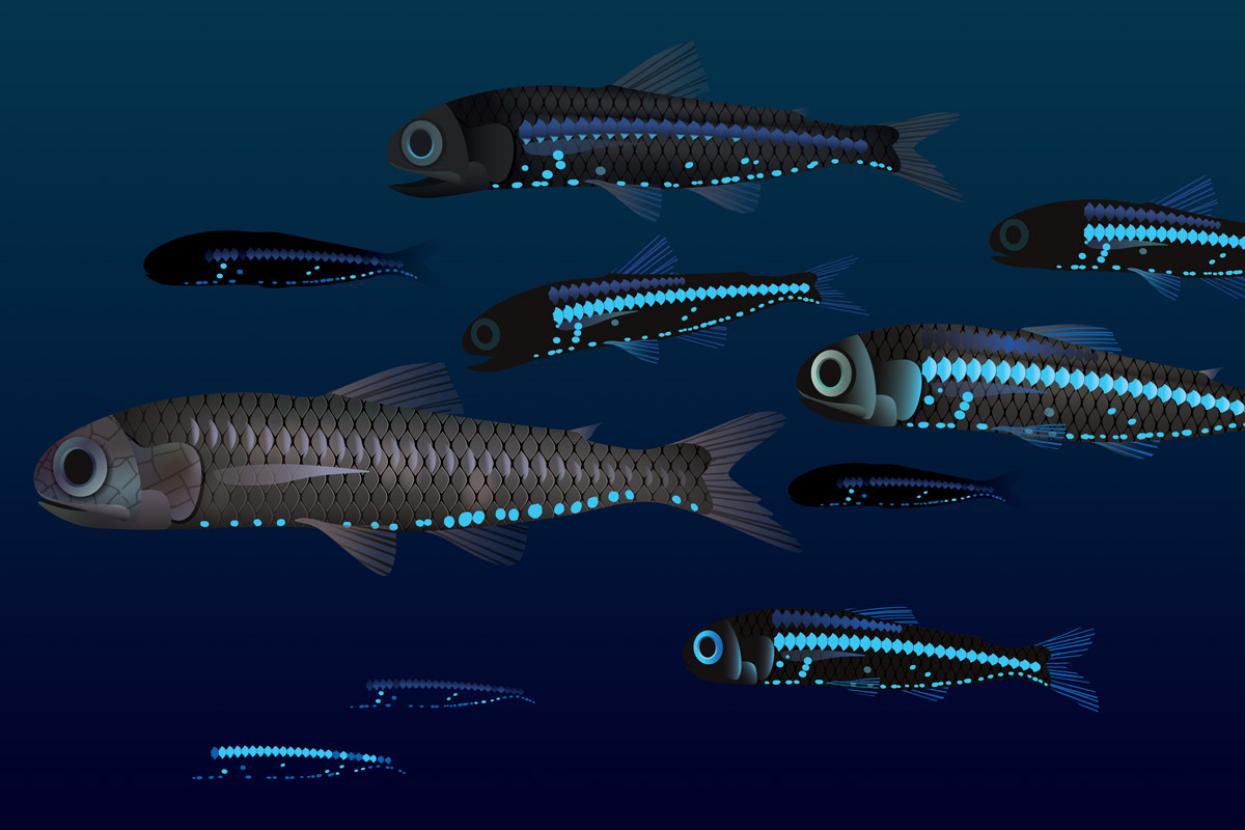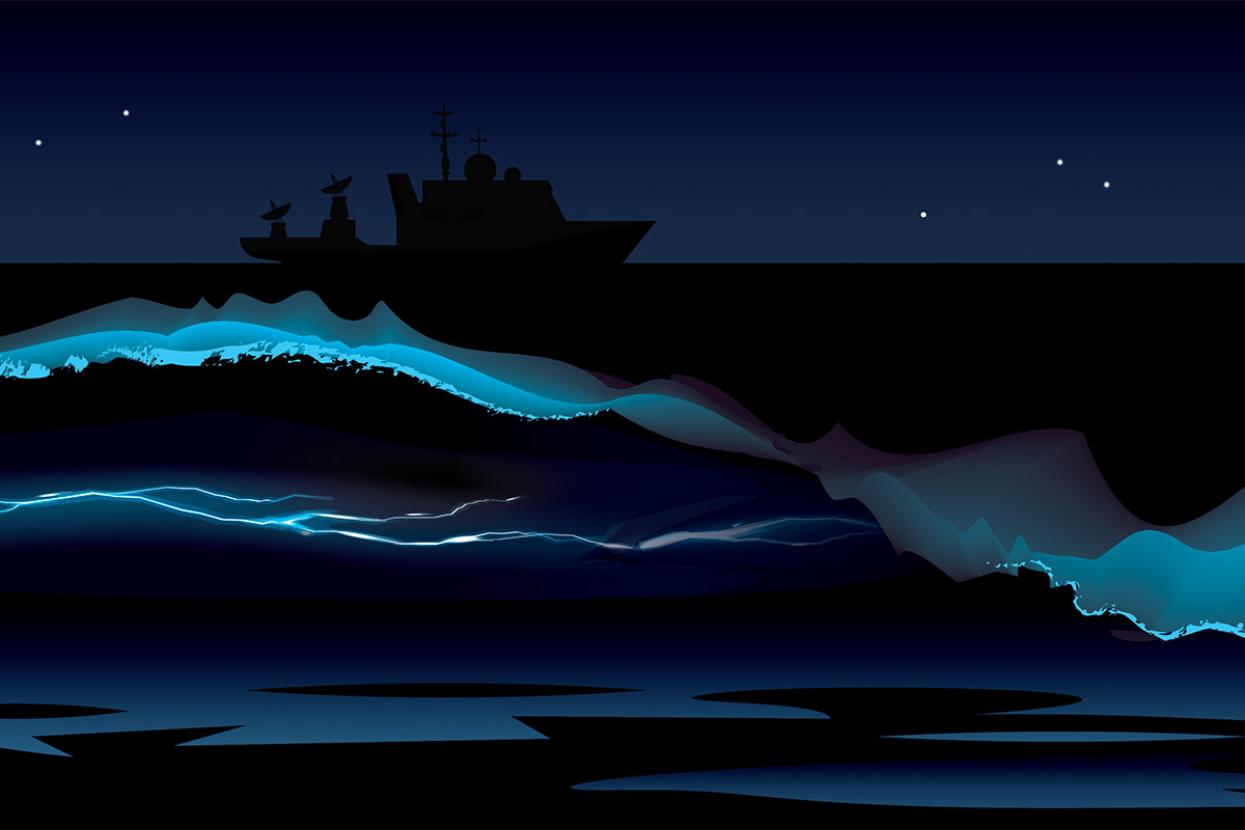
Bioluminescence is a chemical reaction wherein living organisms produce their own light. It’s not something we get to see very often, as most bioluminescent wildlife is found deep in the depths of oceans across the globe. Species with this spectacular adaptation use their glow to communicate, lure prey, escape predators, and even attract mates. From the water’s surface down to the seafloor, bioluminescent wildlife transforms the dark into a mesmerizing, shimmering spectacle.
Japanese Firefly Squid
Watasenia scintillans
Like its land-dwelling namesake, the firefly squid emits a fascinating glow in dazzling blues and greens. These small squids use counterillumination to protect themselves. Their undersides mimic sunlight from the ocean’s surface, camouflaging them from predators lurking below.
Atolla Jellyfish
Atolla wyvillei
When threatened, the Atolla jellyfish radiates blue hues that pulse around the crown of its body. The bright bioluminescent flashes scare predators and expose the hunter to others that may be looking for a meal in the perpetual night of the deep sea where they live.
Vampire Squid
Vampyroteuthis infernalis
The richly red vampire squid protects itself in two ways. They can draw their umbrella-like tentacles over their body as a shield, and they can expel bioluminescent mucus. When the liquid is ejected, predators are left stunned—and briefly stained—in the luminous cloud as the squid swims away.
Brittle Star
Amphiura filiformis
Long, spiny, glimmering legs extend from a small, disc-shaped body on brittle stars. When attacked, this sea star can detach a leg to serve as a glowing distraction while they slink away to safety. But it’s not a permanent loss. Like others of their species, they’re able to regrow their legs.
Lanternfish
Myctophids
There are over 200 different species of these small, silver fish. Each fish has light-producing organs called photophores in their head, tail, and underside. They produce distinct patterns that vary among species and even between males and females.
Anglerfish
Lophiiformes
It’s a trap! One of the most well-known bioluminescent fish, this sea dweller dangles its iconic, shining lure off the top of its large head, waiting for curious fish to swim closer and investigate. Anglerfish then use their enormous, sharp teeth to strike the unsuspecting prey.
Bioluminescent Waves
On unique occasions after the sun sets in Southern California, ocean waves explode in brilliant blue flashes before turning to a familiar whitewash. Dinoflagellates—a type of plankton—are tiny marine organisms that create this showstopping light when disturbed. Individually, their twinkling can go unnoticed. But together, it’s enchanting.
Dive in to discover more about how we're protecting the aquatic ecosystems that bioluminescent wildlife rely on through our Oceans Conservation Hub.
Illustrations by Amy Blandford
(Top Image Photo Credit: splendens/iStock/Getty Images Plus)











